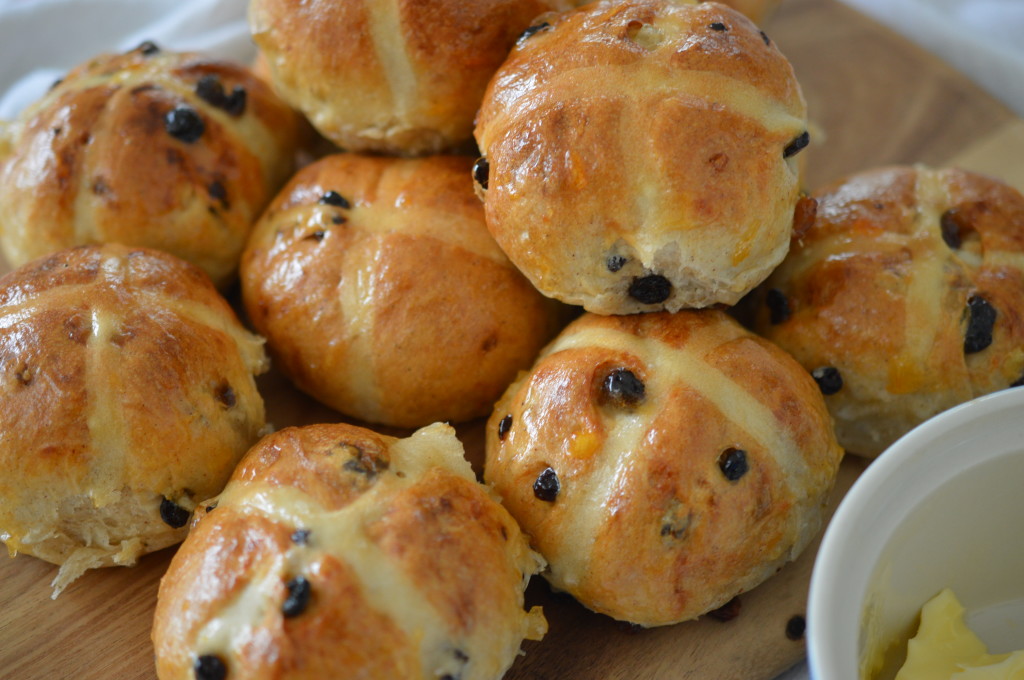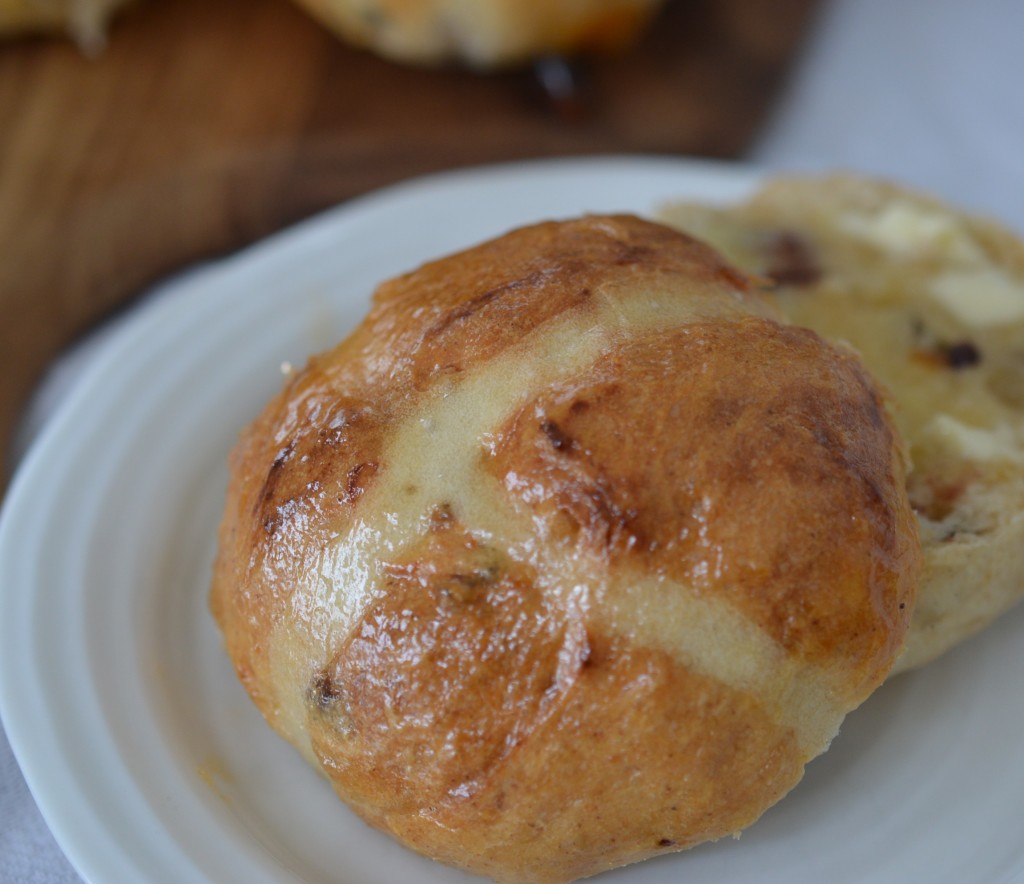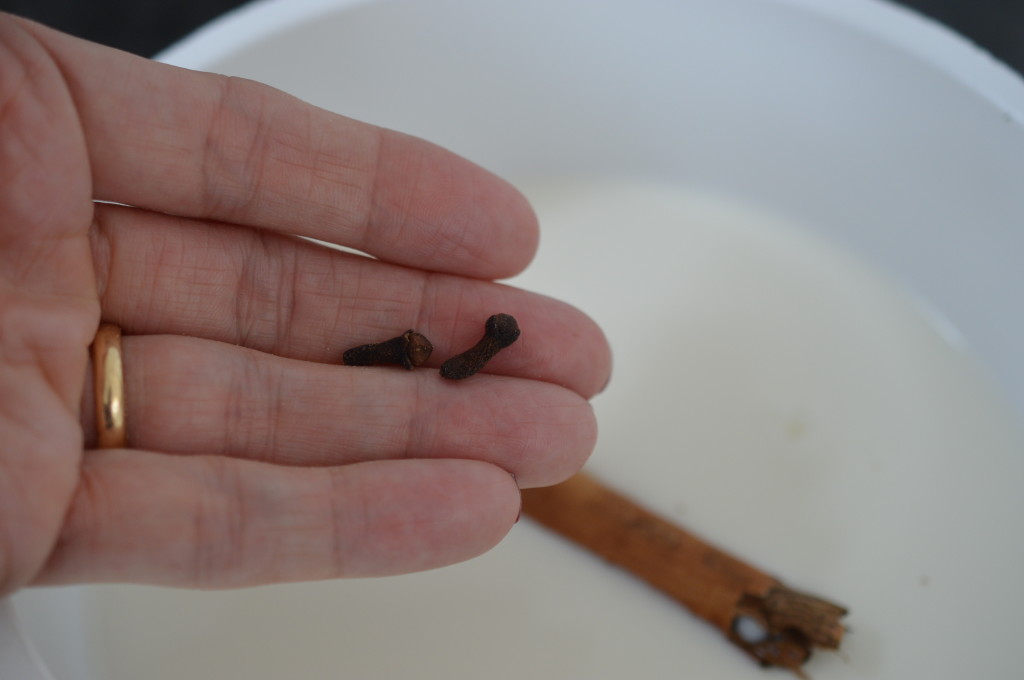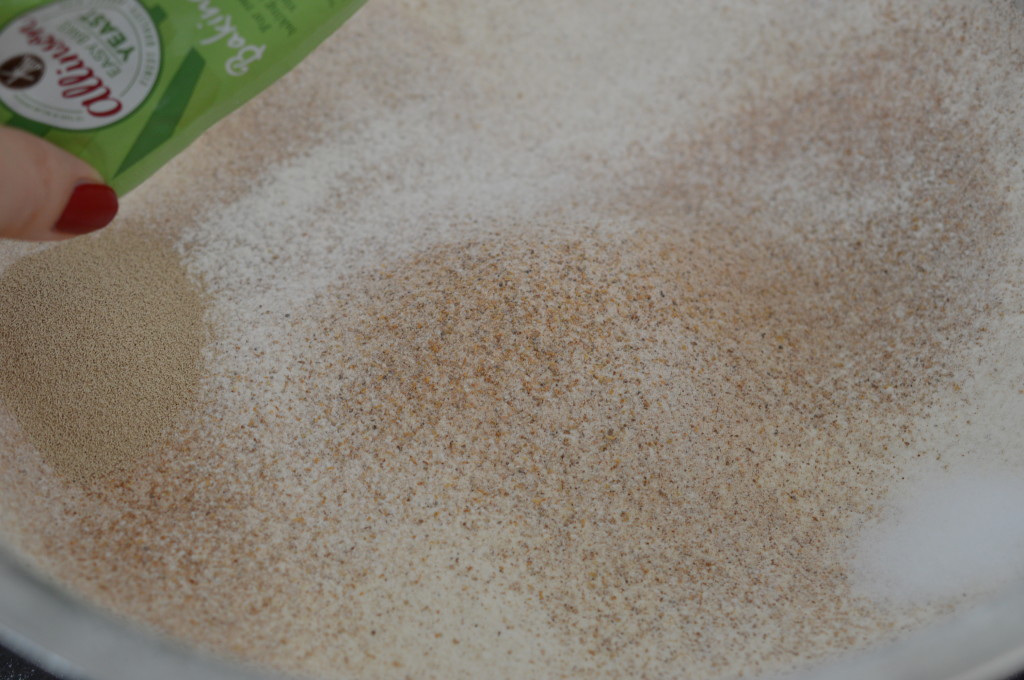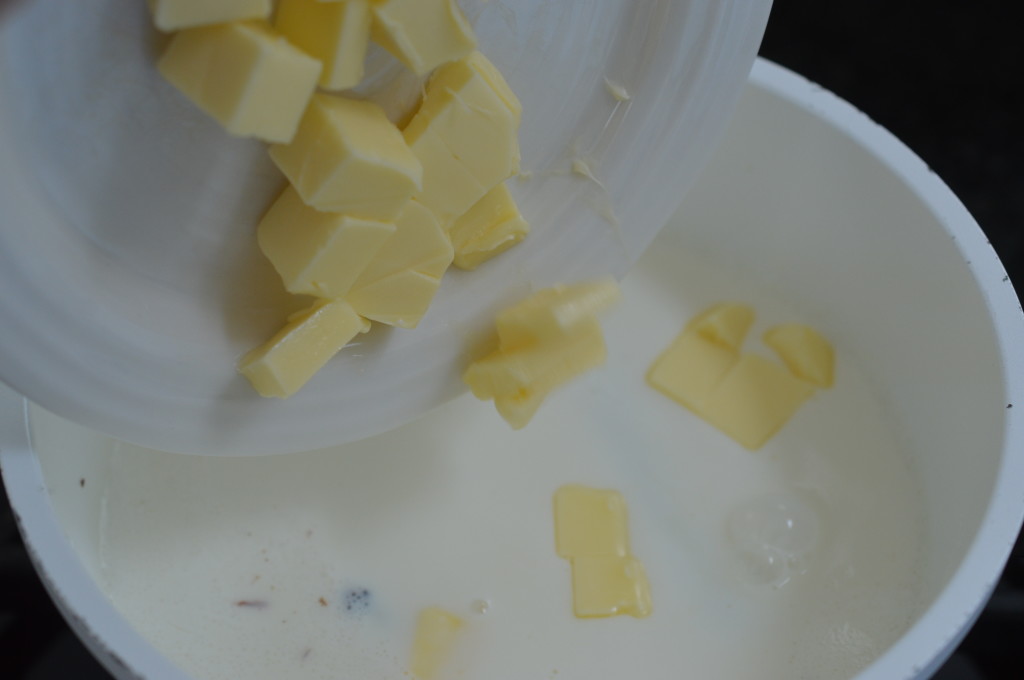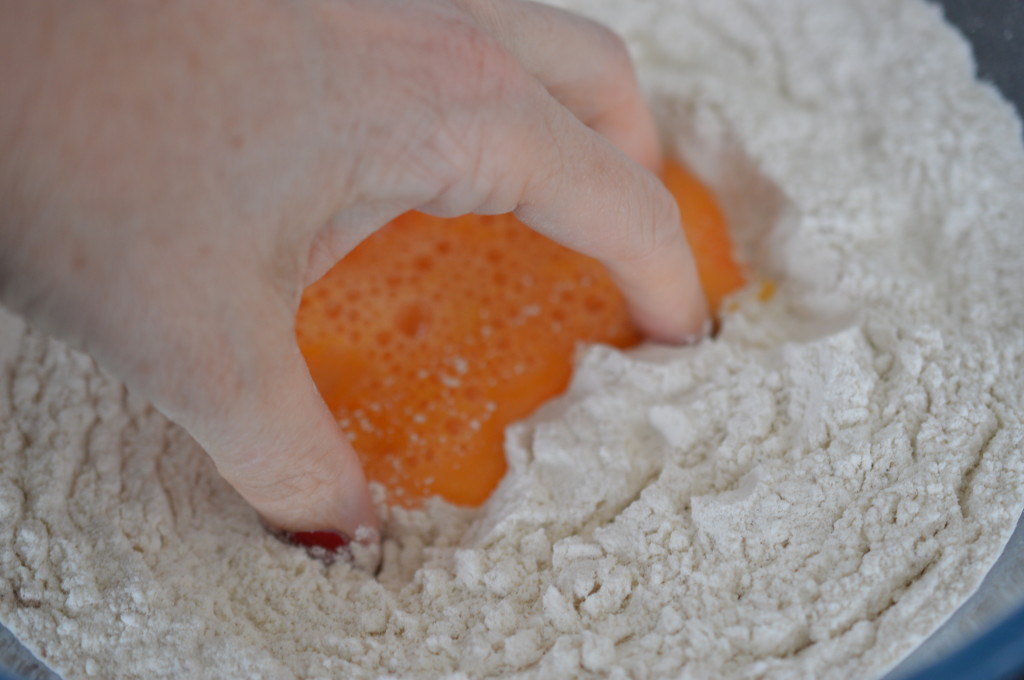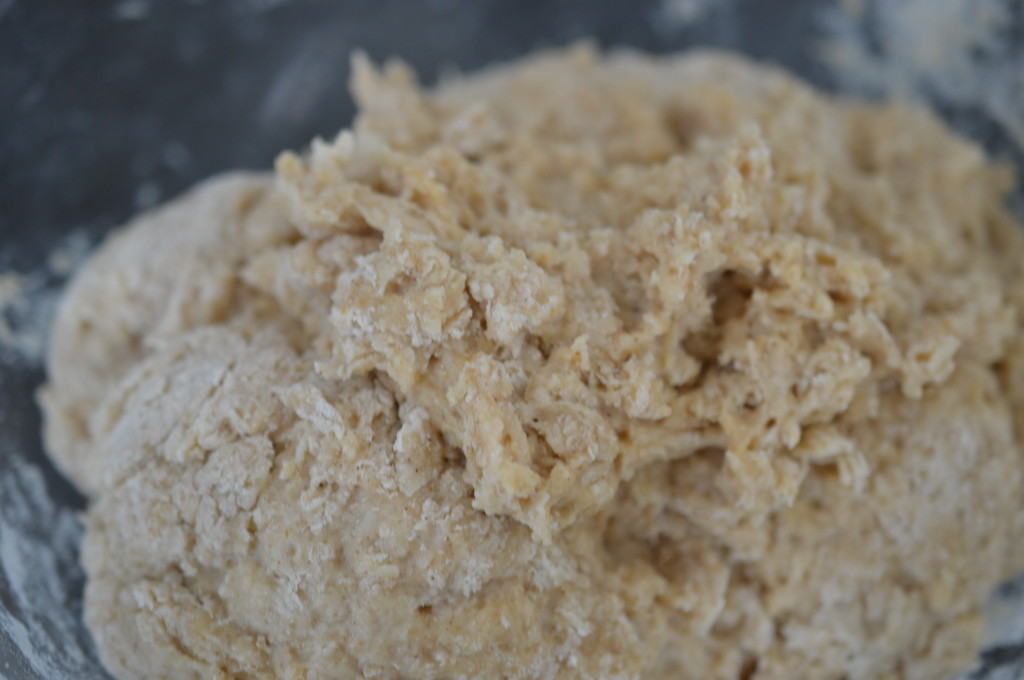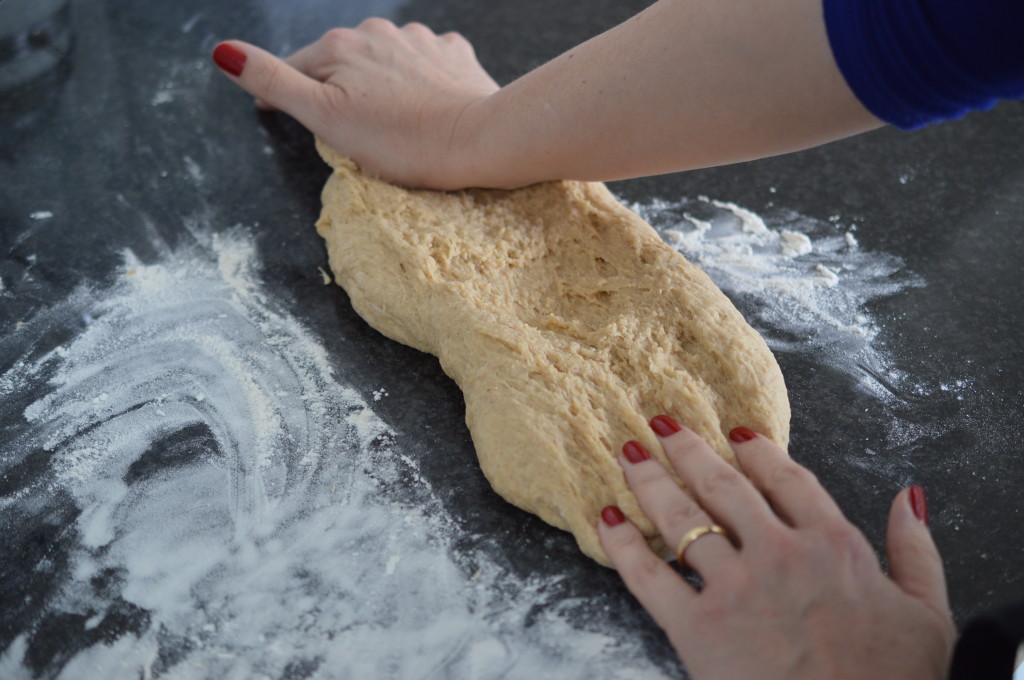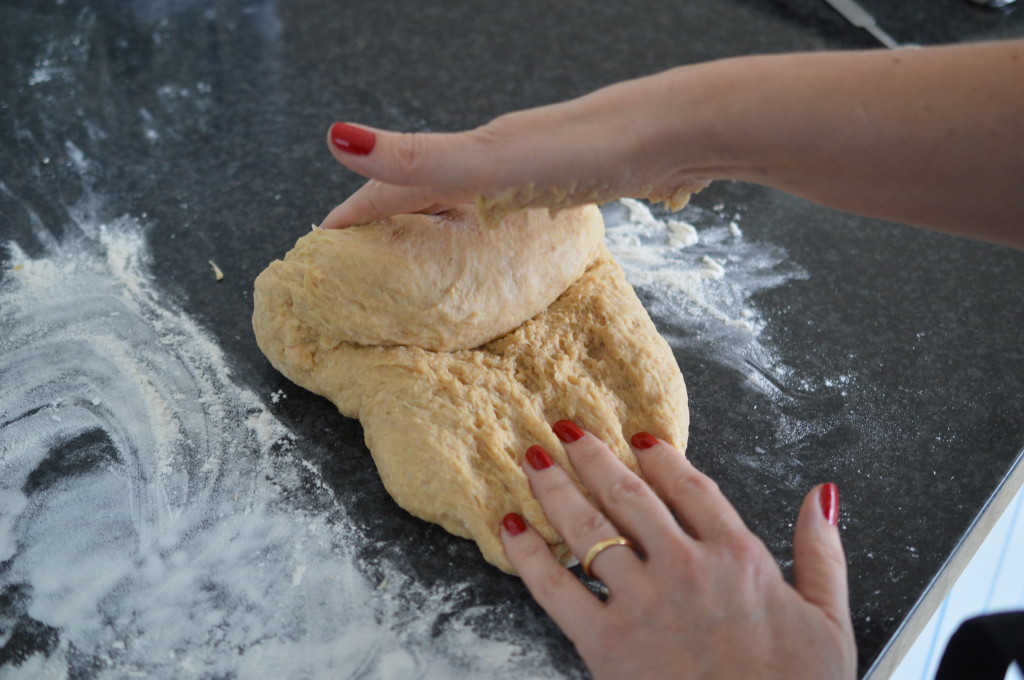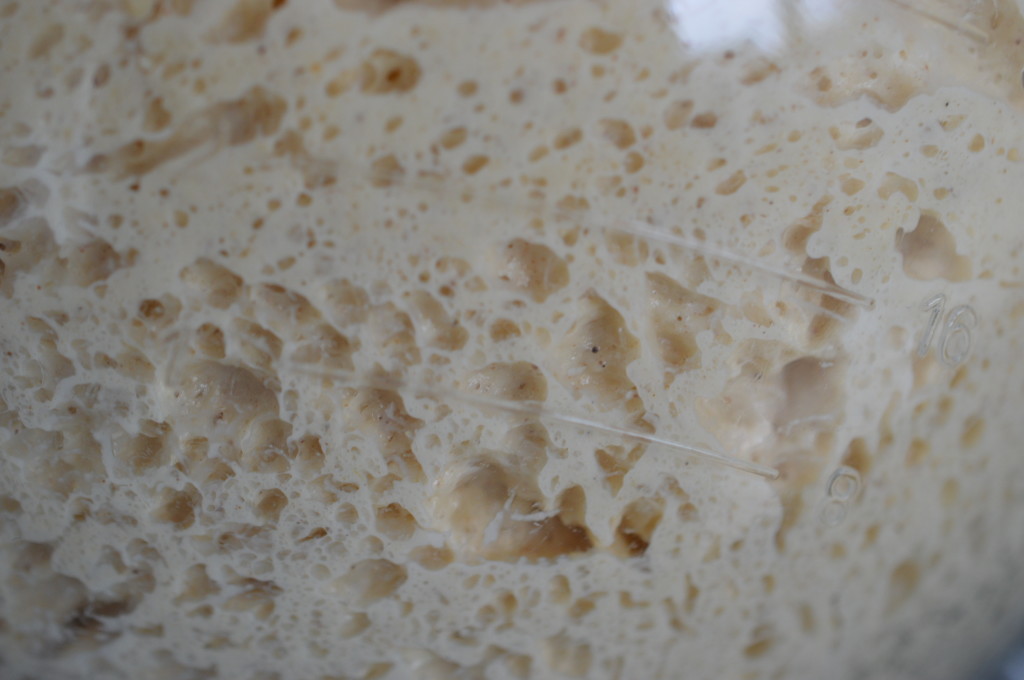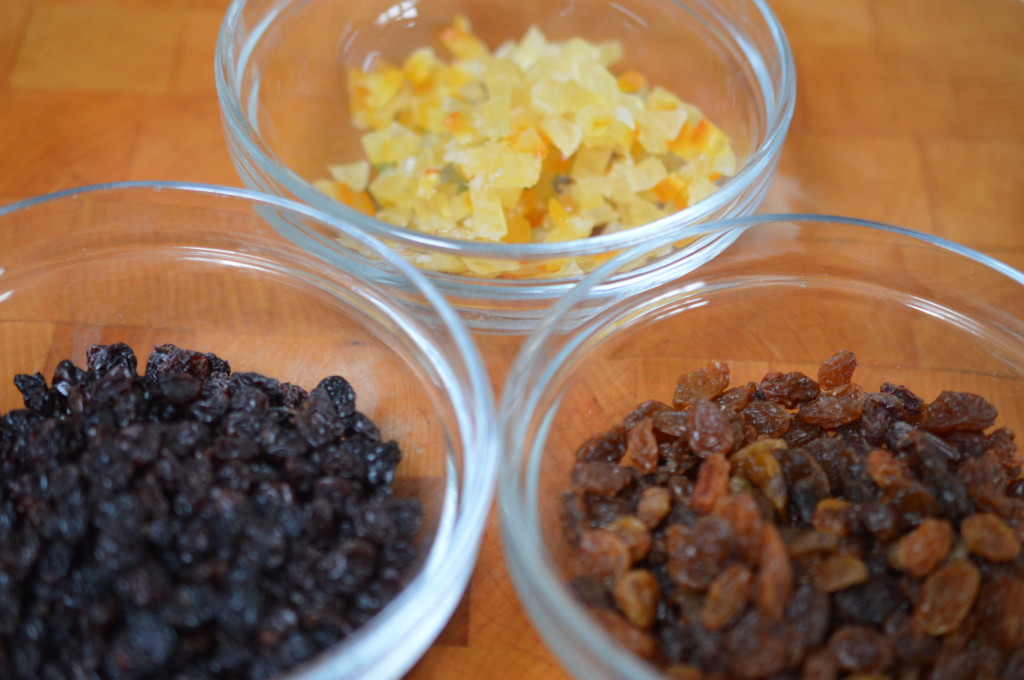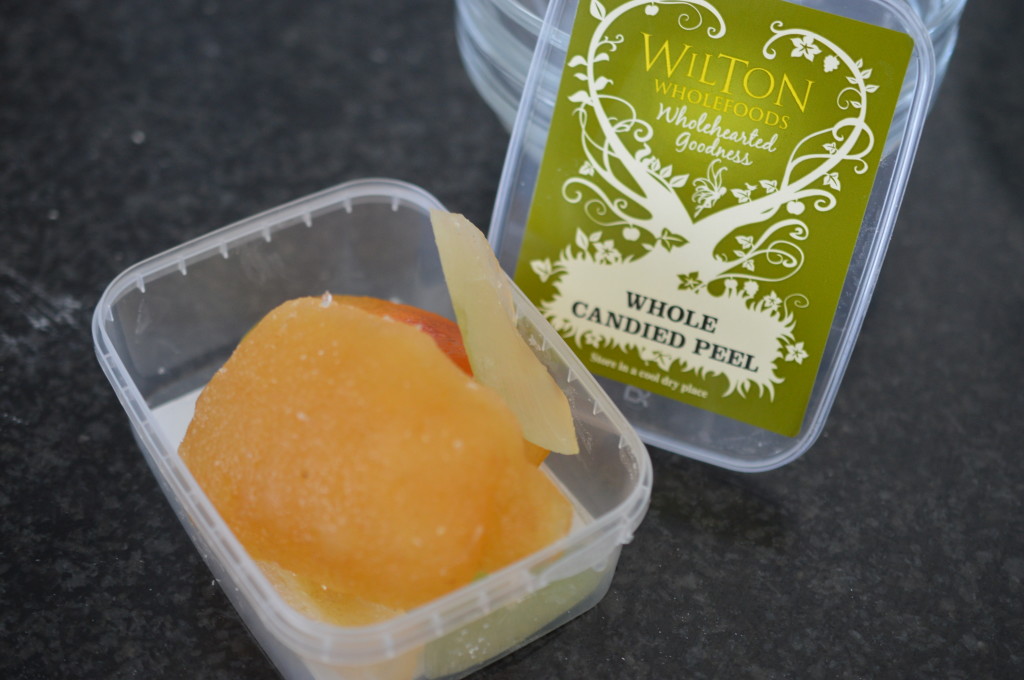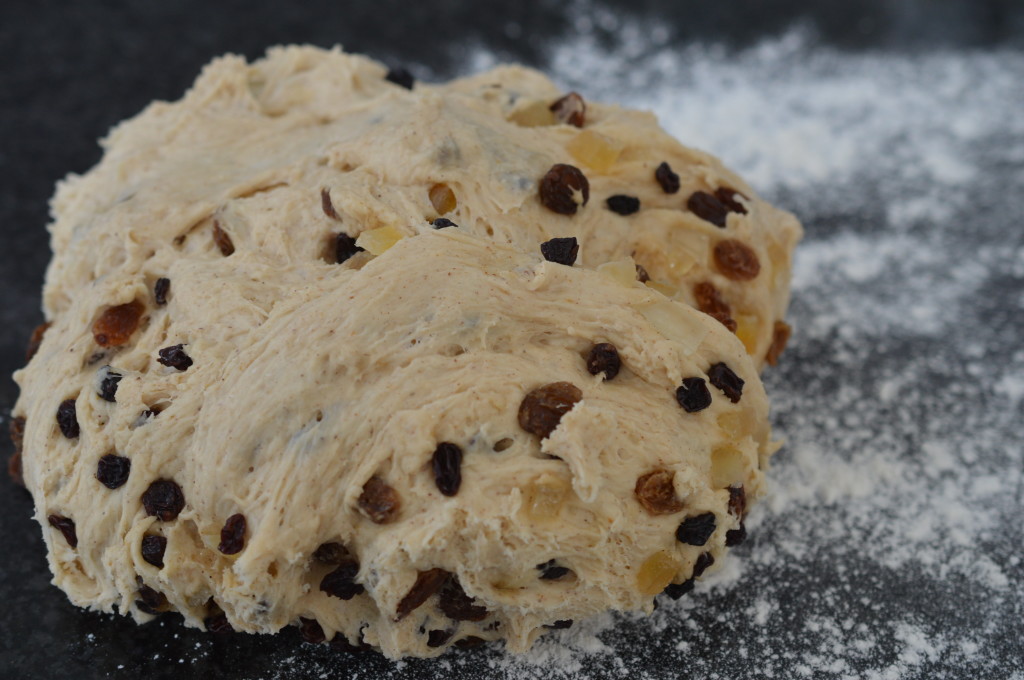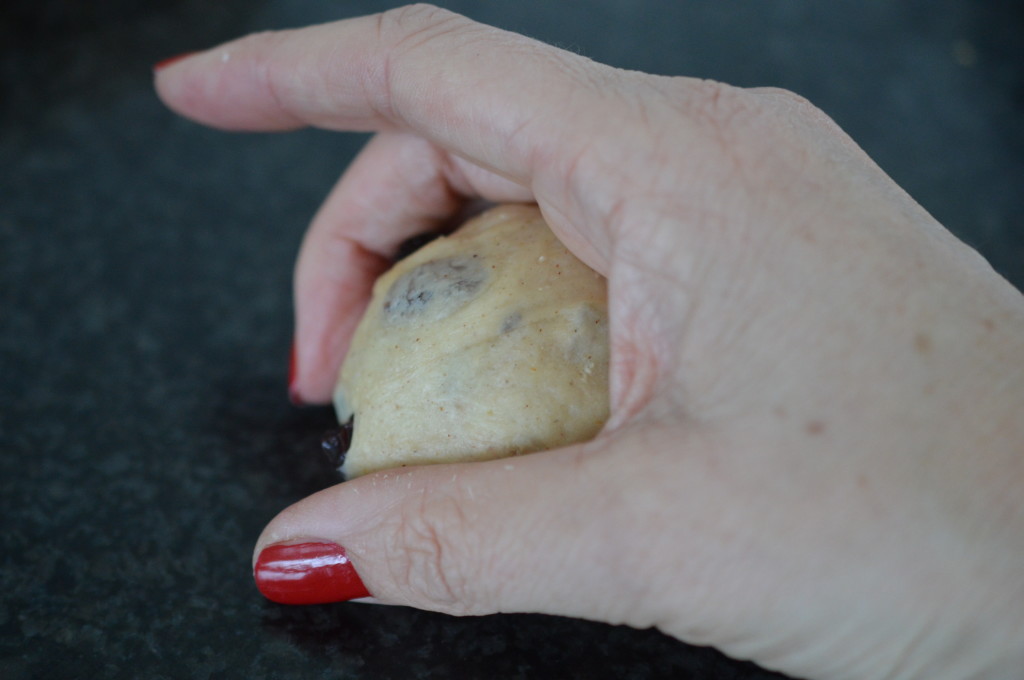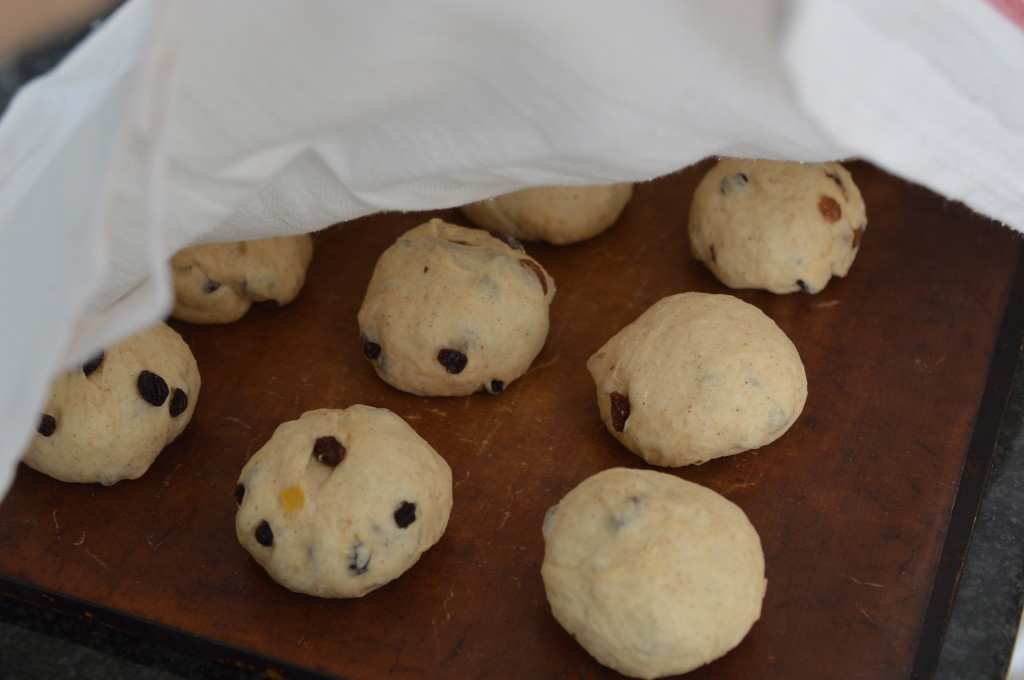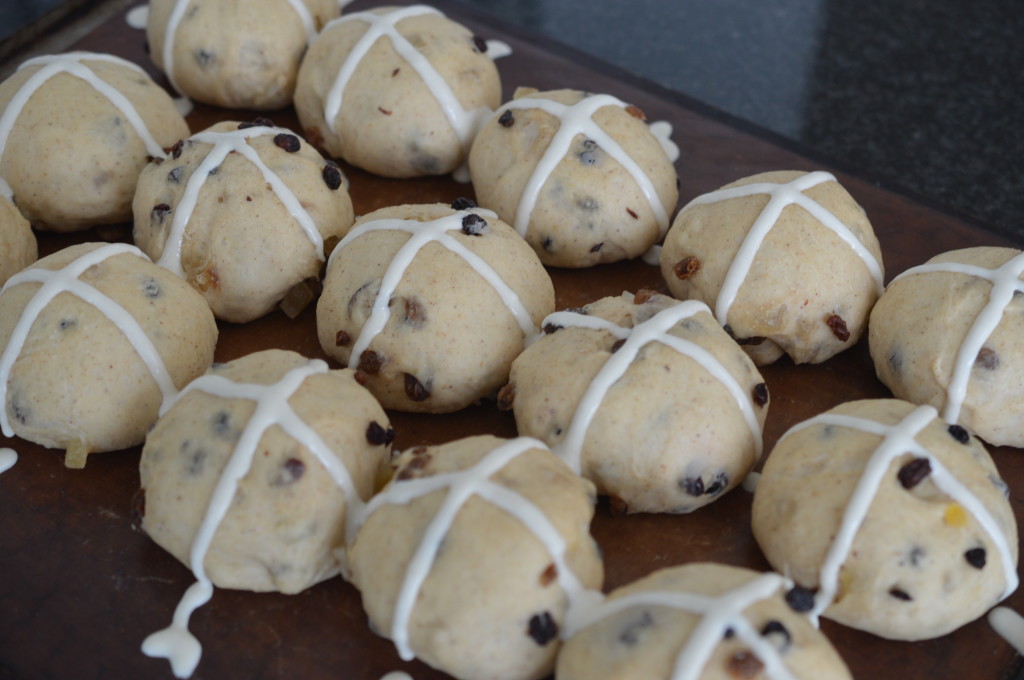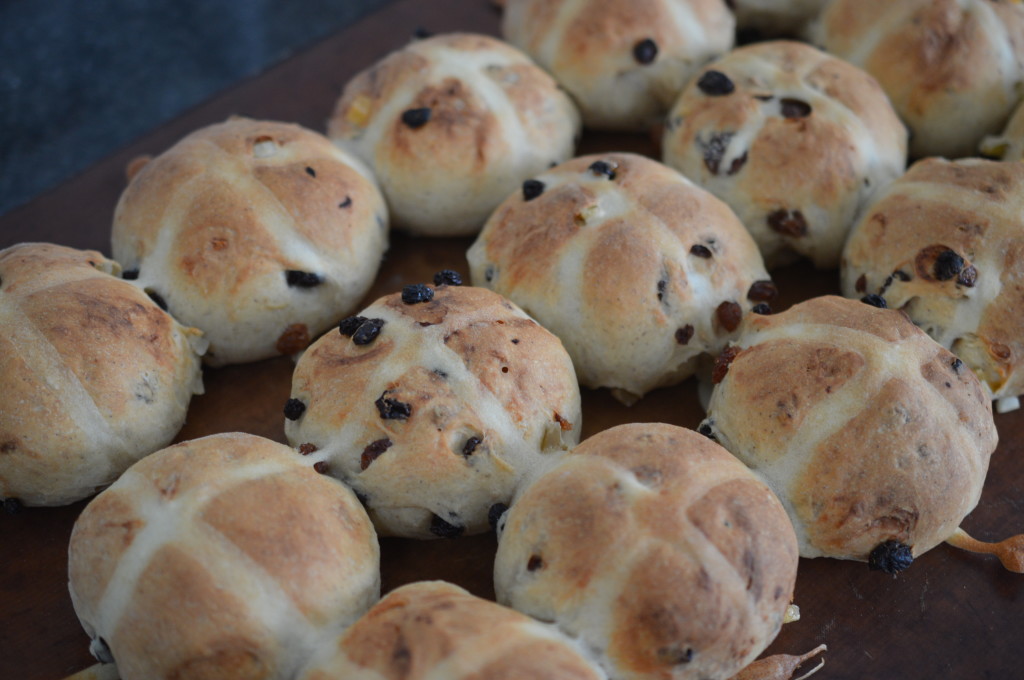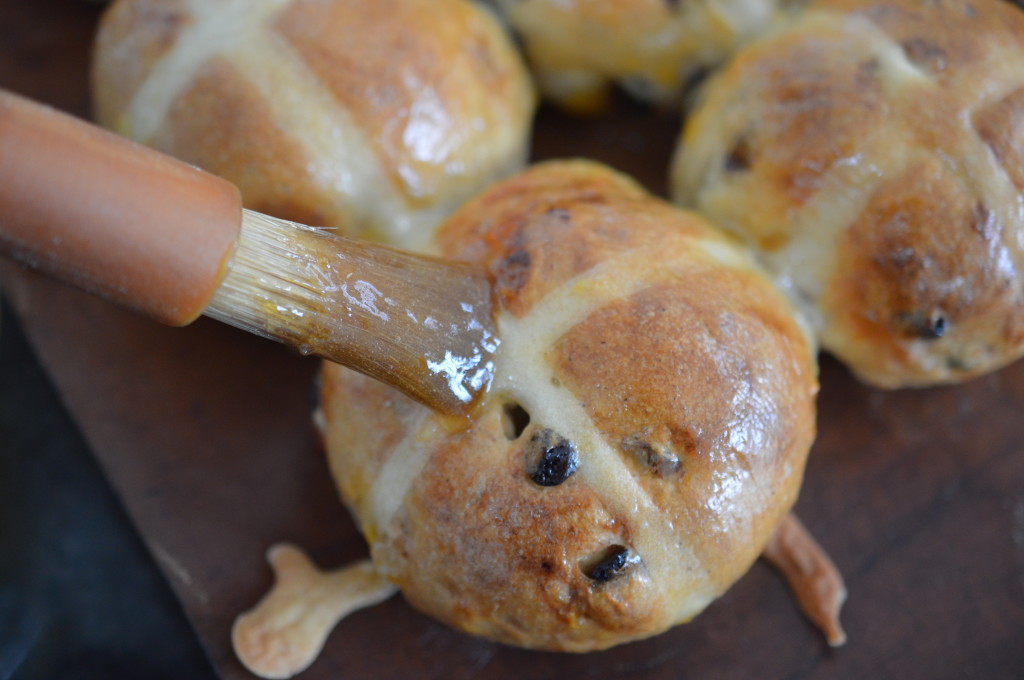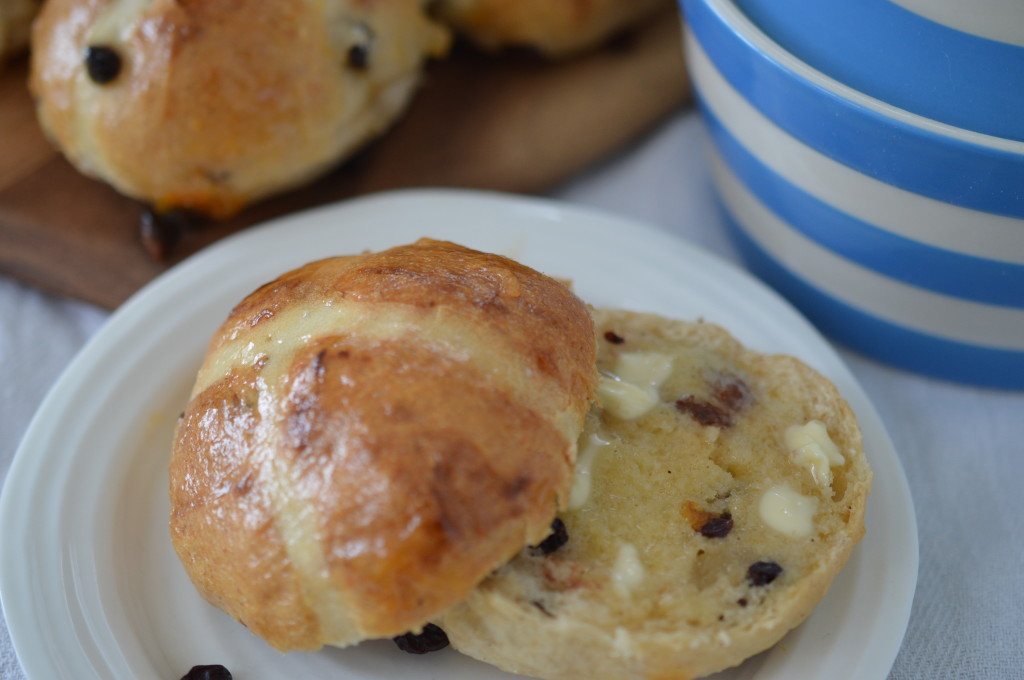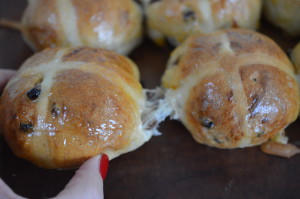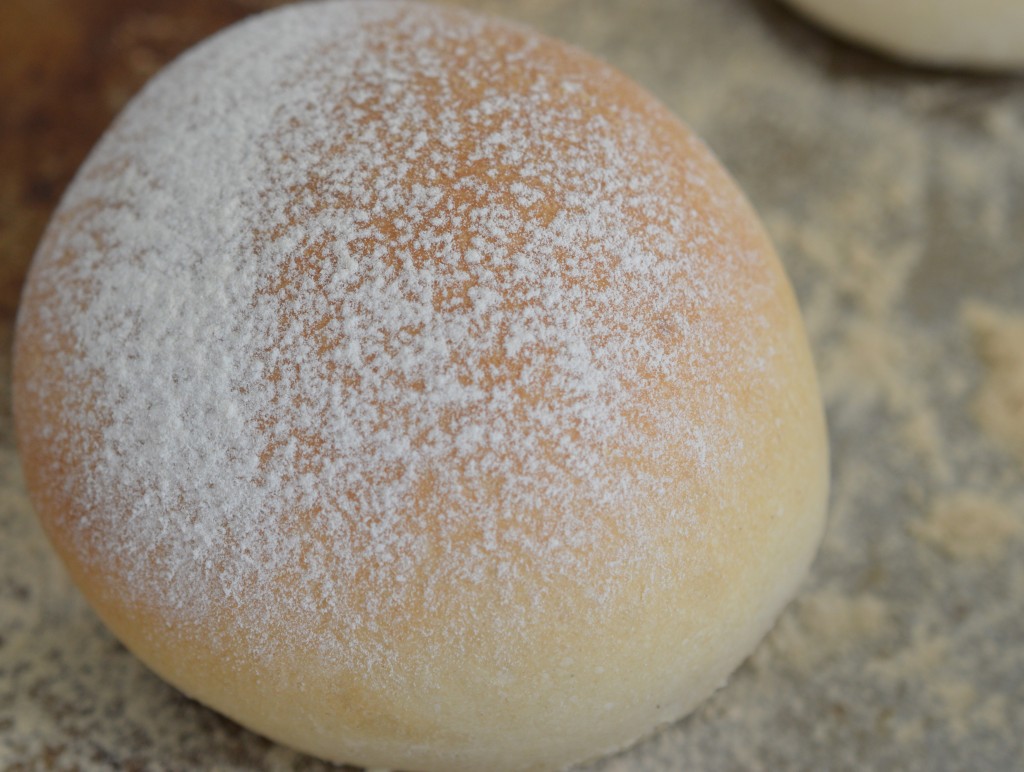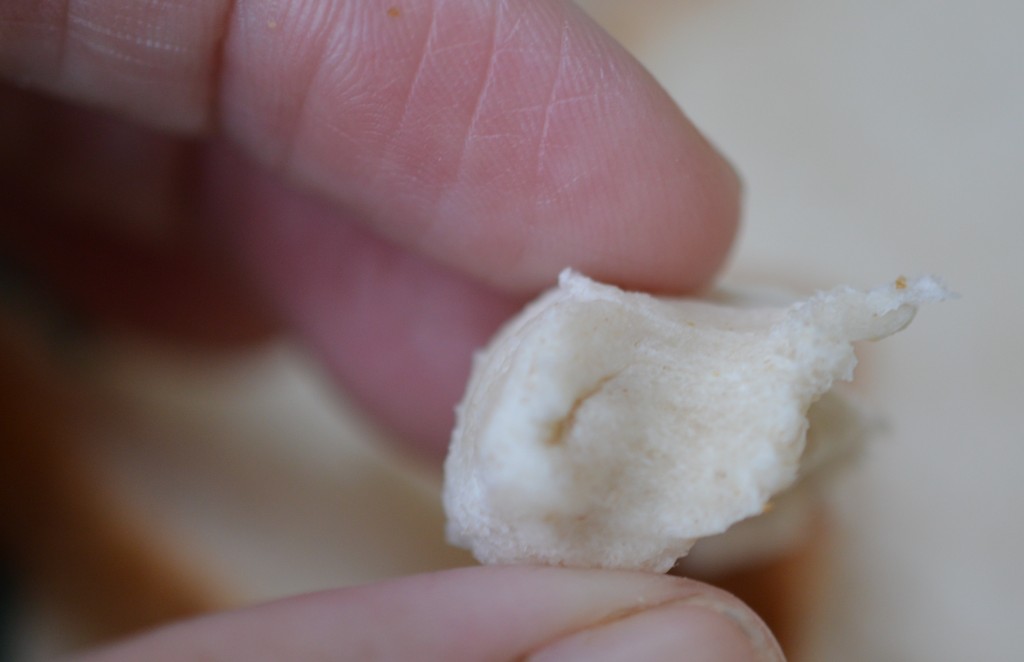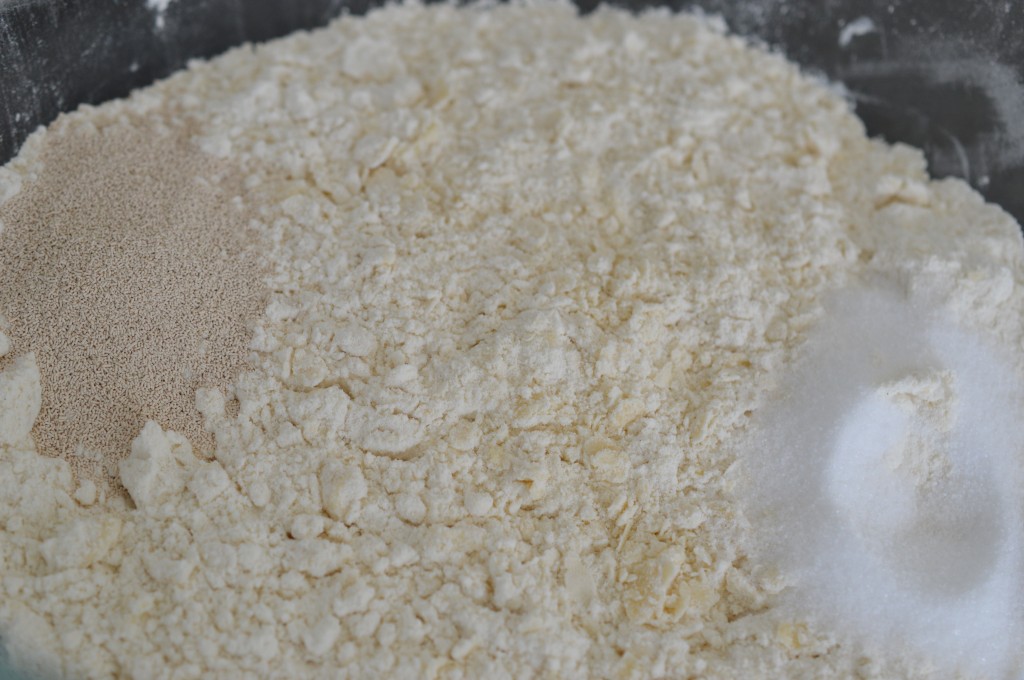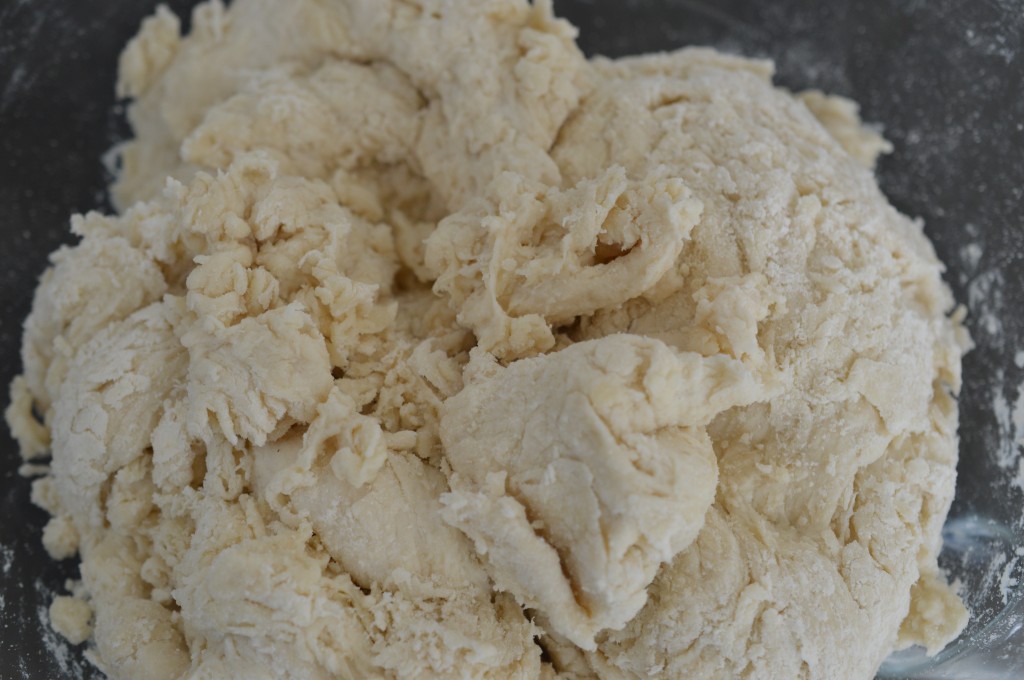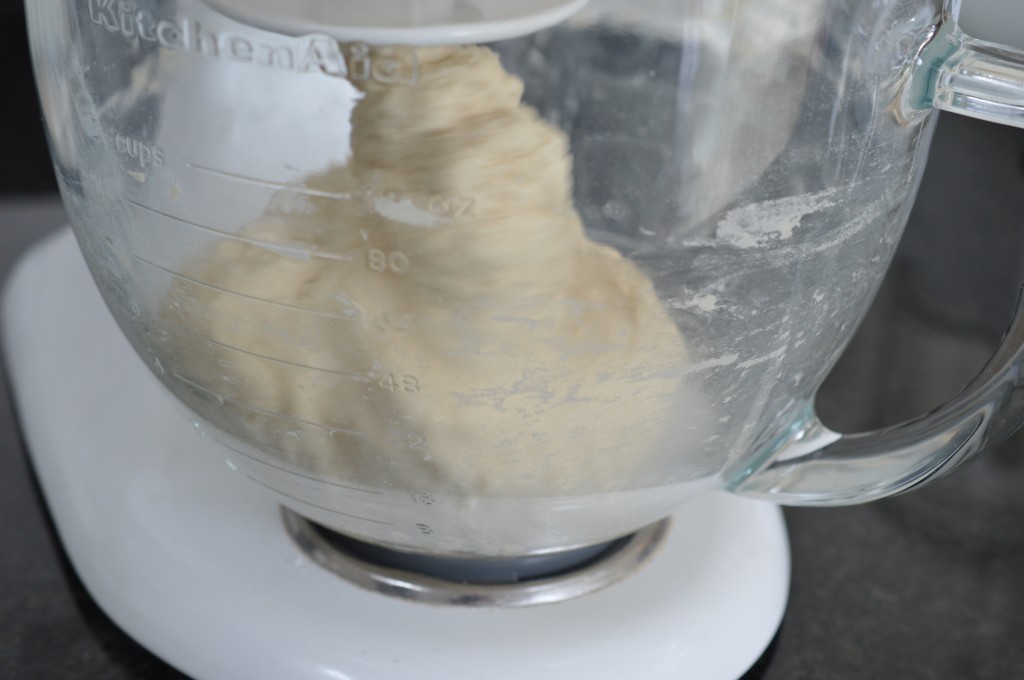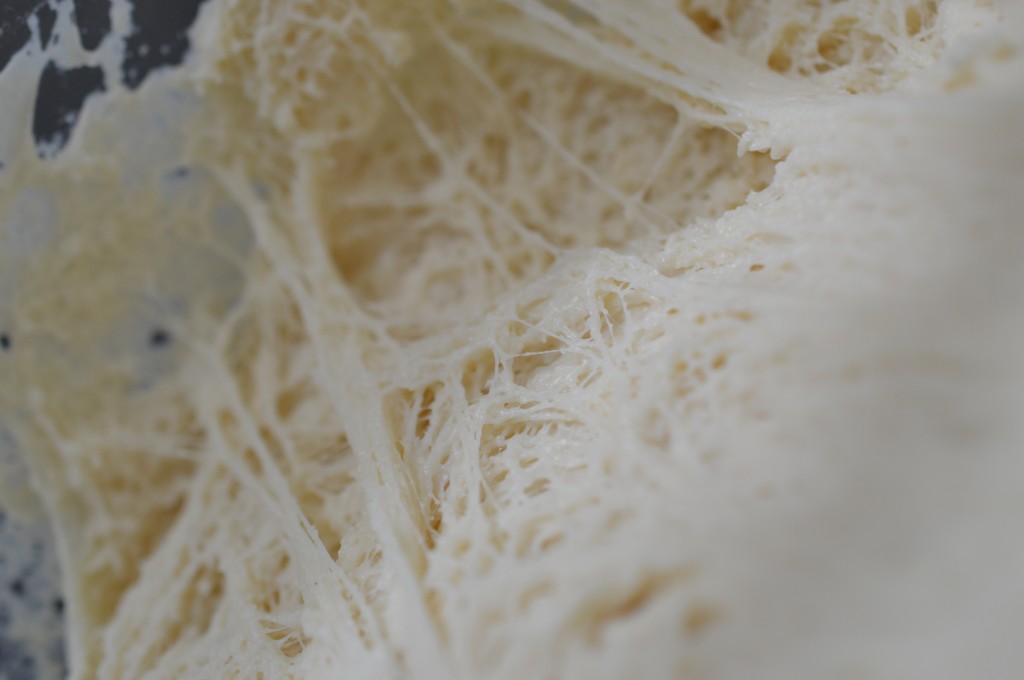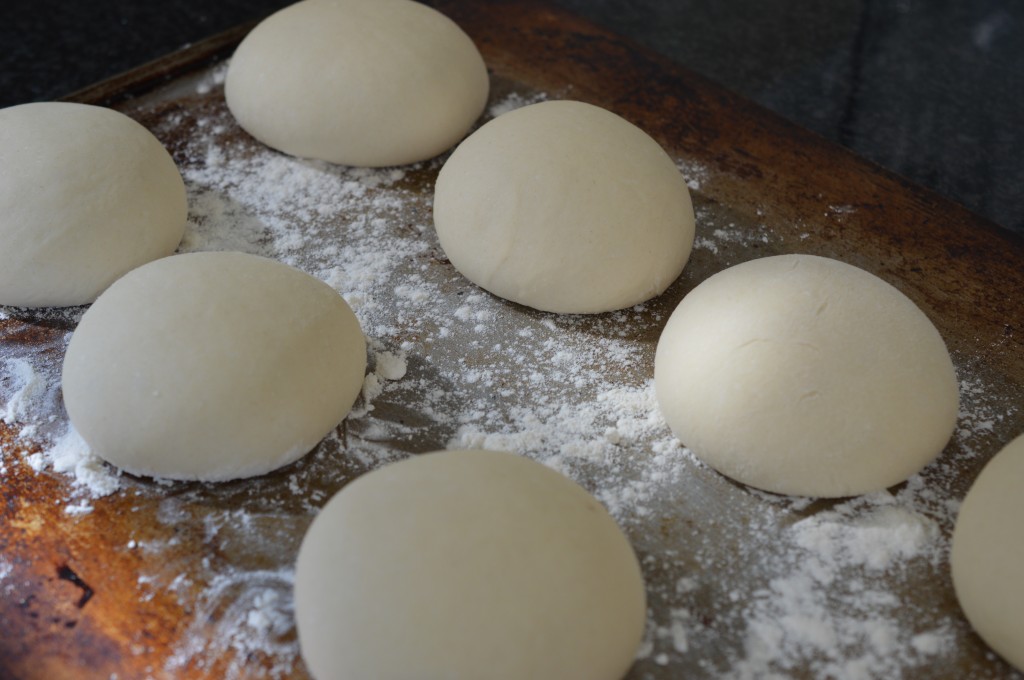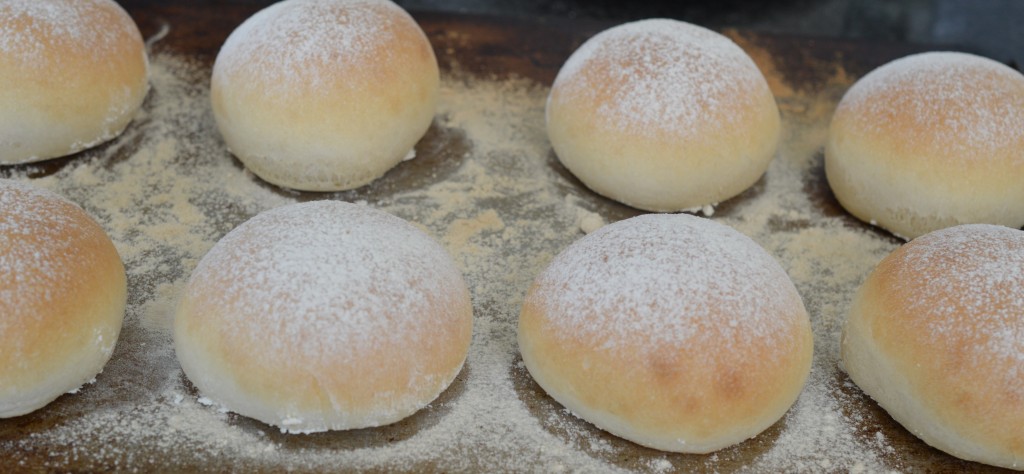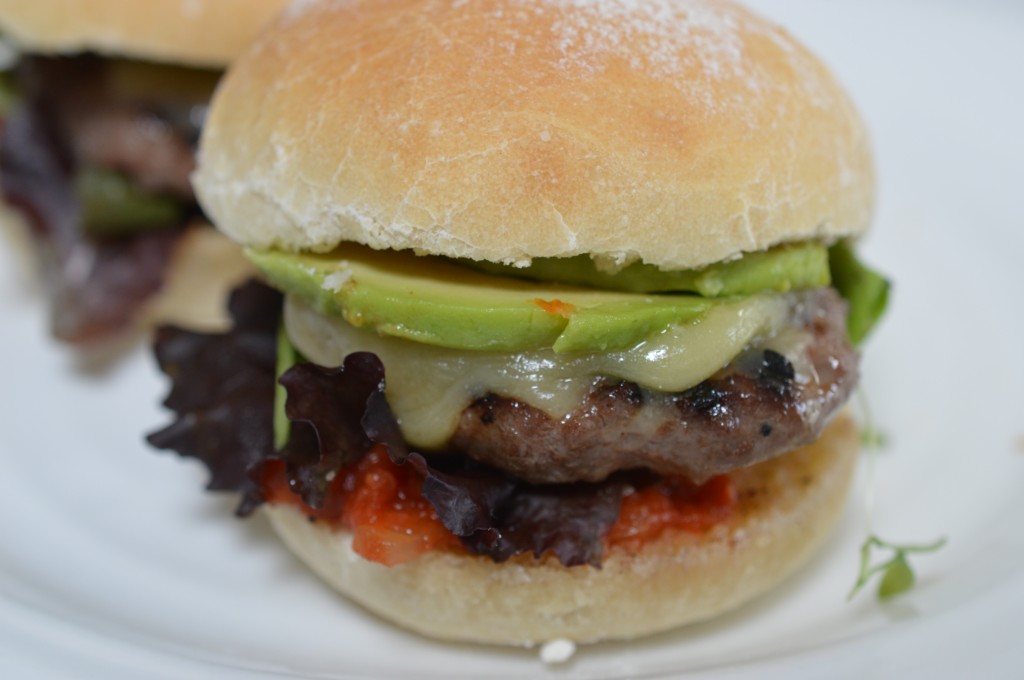Hot Cross Buns
In my house, Good Friday isn’t ‘Good Friday’ without a Hot Cross Bun. In an ideal world I would have posted this during the Easter holidays, but life happened … and I didn’t. Having now downloaded all my photographs – I’ve decided not to worry about it. After all, Easter happens annually so you’re going to need this next year. Plus, if you leave the cross off, you’re left with a spiced fruit bun. Nothing wrong with that.
I suspect one of the reasons they’re such an important part of English culinary tradition is that they were ‘restricted’. In the 16th century when sugar and spices from the New World were becoming affordable for the middle classes, Elizabeth 1 issued an edict banning London bakeries from selling spiced buns apart from funerals, Good Friday and Christmas. I hope it’s been repealed or there are all kinds of people not observing the ‘rule of law’.
Crossed buns go back far further than that though. Pagan Saxons slashed their buns to honour Eostre. That’s the goddess of spring and, more alarmingly from my perspective, fertility. (That, incidentally, is the linguistic source of our word for Easter. The French ‘Pâques’, the Spanish ‘Pascua’ and the Italian ‘Pasqua’ all have their root in the Jewish Passover – ‘Pesach’.)
Superstitions abound. Personally, I don’t feel any need to hang a Good Friday baked bun in my kitchen to prevent fires – but you must do as you wish. Nor do a keep a bun in my corn to keep weevils and rats at bay – but, then, I don’t have a barn of corn and I prefer not to think about rats. Share a bun with a friend and your friendship will survive the year. Take a bun to sea and your ship will be safe from shipwreck.
The cross, it seems, can signify pretty much everything from symbolising the suffering of Christ on the cross to letting the devil out. I’m posting this on St George’s Day so I think I’ll stretch a point and say it’s in honour of the day and the English flag.
Over the years, I’ve fiddled about with pretty much everything. I’ve played with the spices (cinnamon, saffron, mixed spice, nutmeg, mace, ginger and cardamon), added grated apple, citrus zests, soaked the dried fruit in both tea and alcohol – until the point I feel I’ve now settled. I like my buns traditional. Part of the charm for me is that I’m eating something my Great Grandparents would recognise.
I start by putting 300ml full-fat milk in a saucepan along with ½ cinnamon stick and 2 cloves. Over a gentle heat, bring it to a point where small bubbles are forming around the sides. Remove from the heat, put a lid on it, and allow to infuse.
Meanwhile, I get my dried ingredients together. That’s 500g of strong bread flour, 1 tsp mixed spice, ½ tsp ground cinnamon and ½ tsp freshly grated nutmeg. I sieve everything together. On one side of the bowl I place ½ tsp salt and on the other I empty a 7g sachet of fast action yeast. Then I add 50g caster sugar.
Then it’s back to the milk. Depending on how distracted I’ve been it will now be gently warm to cold. If it’s cold I bring it back to hand-warm and add cubed cold butter. It melts immediately. This is the moment to fish out the cinnamon stick and cloves.
Lightly beat two eggs together in a bowl. Mix all the dried ingredients together and make a dip in the centre. Pour in the combined eggs and mix together. The easiest way is to form your hand into a claw and use small circular movements to bring the dry ingredients into the eggs. (Truthfully, I’m right-handed – but needed that to work the camera. This blogging is tricky!)
Once the egg is incorporated it’s time to add the milk.
The end result is a sticky dough. Tip that out on to a lightly floured surface.
And knead. At this point the two proteins (gliadin and glutenin) in my flour are matted together. In ten minutes time they’ll have formed themselves into ordered straight lines and be the gluten that gives my bun its structure.
There are lots of variations in kneading styles and they all work – with subtle differences if you really get keen. This is a traditional English kneading style. You stretch the dough out with the heal of one hand and then roll it back. Give it a 180° turn and go again. Be careful not to add too much flour. It will get less sticky the longer you knead. Stop when you’ve got a smooth, elastic dough.
I tend to spritz a clean pyrex bowl with oil and place my dough to prove, covered, at room temperature. If you need to slow things down you can pop your bowl in the fridge.
This is where the magic happens. Yeast is a living thing and the holes are carbon dioxide supported by a web made up of all that hard-won gluten. You know you are done when a gentle poke gives you an indent which recovers halfway-ish.
And then it’s the dried fruit. I choose sultanas, currants and candied peel.
Candied peel can be hard to find it you don’t want to use one of those nasty ready-cut supermarket tubs. I get mine (and a whole heap of other good things besides) from here.
I find it easiest to add the dried fruit and candied peel whilst the dough is still in the proving bowl. Knead until everything is evenly distributed and set it aside to prove again. Another hour or so and you are ready to shape your buns.
I weigh my dough and divide between 15. It’s about 75g.
And shape into balls.
Lay them out onto a baking sheet, cover with a clean tea towel, and leave to prove for the final time. Another hour – and the buns will just be touching.
Then it’s time to pipe the crosses. My top tip is to start piping away from the bun. Let the paste hug the sides as you work across in a grid. I make my paste quite loose, as I prefer a less dominant cross. (75g flour mixed with 7 tbsp of water.) If you want a more defined cross add less water.
Bake in a pre-heated oven – 220ºC/425ºF/Gas Mark 7 – for about 25 minutes. Aga: On the rack on the floor of the Roasting Oven for 15-20 minutes.
Warmed and sieved apricot jam is my first choice. Second, is 1tbsp caster sugar dissolved in boiling water. Glaze the buns immediately they come out of the oven.
(If you want to get-ahead, it’s better to freeze the buns unglazed. Thaw and reheat for 5 minutes. Then glaze.)
Warm from the oven, all they need now is lashings of salted butter. Tomorrow they are better toasted.
Eat.
Makes 15
- 500g strong plain bread flour
- 300ml full-fat milk
- ½ stick of cinnamon
- 2 cloves
- 1 tsp mixed spice
- ½ tsp ground cinnamon
- ½ tsp freshly ground nutmeg
- ½ tsp salt
- 50g caster sugar
- 50g cold butter, cubed
- 7g sachet of fact-action yeast
- 2 eggs, lightly beaten
- 50g candied peel
- 75g currants
- 75g sultanas
- 2 tbsp apricot jam, warmed and sieved
Gently heat 300ml of milk with the cinnamon stick and cloves until bubbles appear around the edge. Leave to infuse.
Put the flour, ground cinnamon, nutmeg, caster sugar, fast-action yeast and salt into a large bowl.
Add the cubed butter to the warm milk and let it melt.
Mix the dried ingredients together and make a dip in the centre. Add the eggs. Shape your hand into a claw and with circular motions bring the dried ingredients into the egg. Then add the hand-hot milk and continue mixing until you have a sticky dough.
Transfer to a lightly floured surface and knead until smooth and elastic. Place the dough into an oiled bowl, cover and leave to prove for about an hour.
Add the dried fruit whilst still in the bowl and knead until combined. Cover and leave to prove a second time. Another hour.
Weigh the dough and divide into equal sized pieces. Use a cupped hand to shape the buns and place on a lined baking tray. Cover and leave to prove for a final hour.
Pre-heat the oven to 220ºC/Gas Mark 7/425ºF. Make a flour/water paste – 75g flour to 7 tbsp water – and pipe the crosses. Bake for 20-25 minutes until golden brown. Aga: On the rack on the floor of the Roasting Oven for 15-20 minutes.
Glaze with apricot jam whilst still warm.
Eat.
